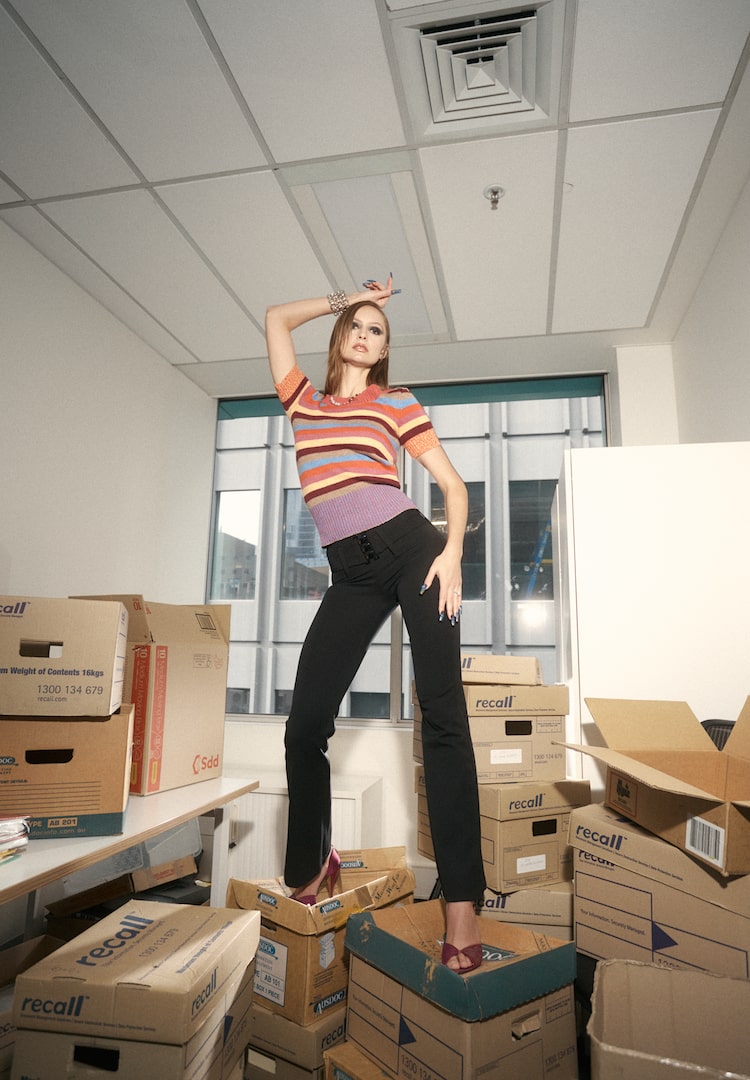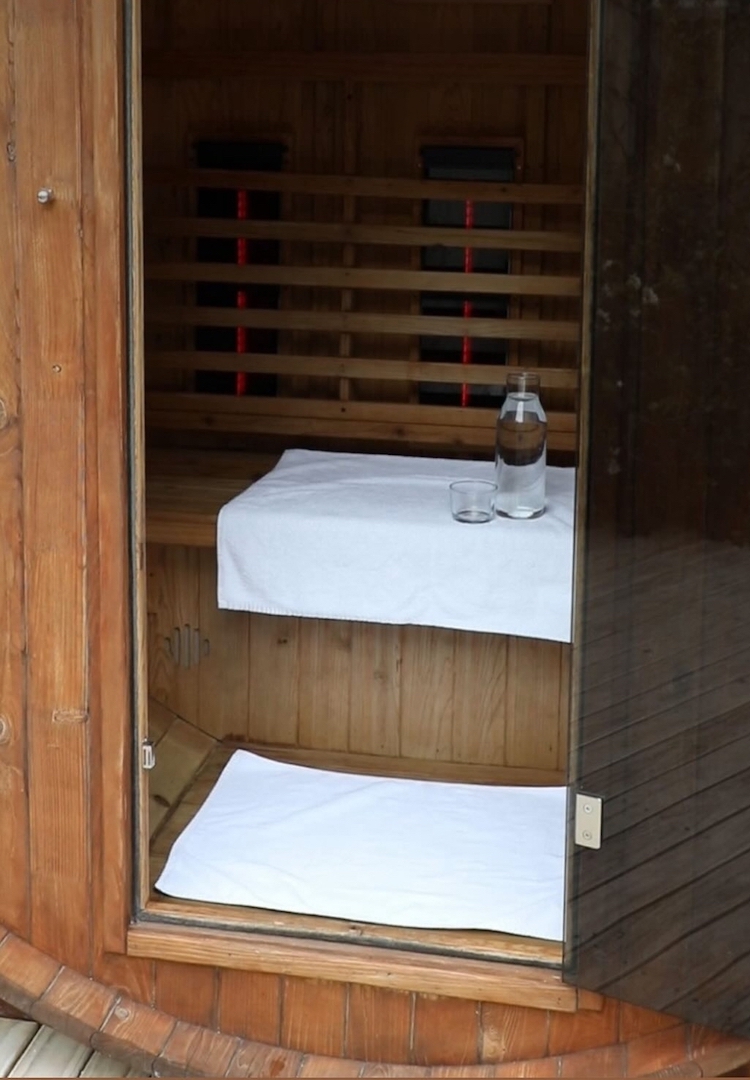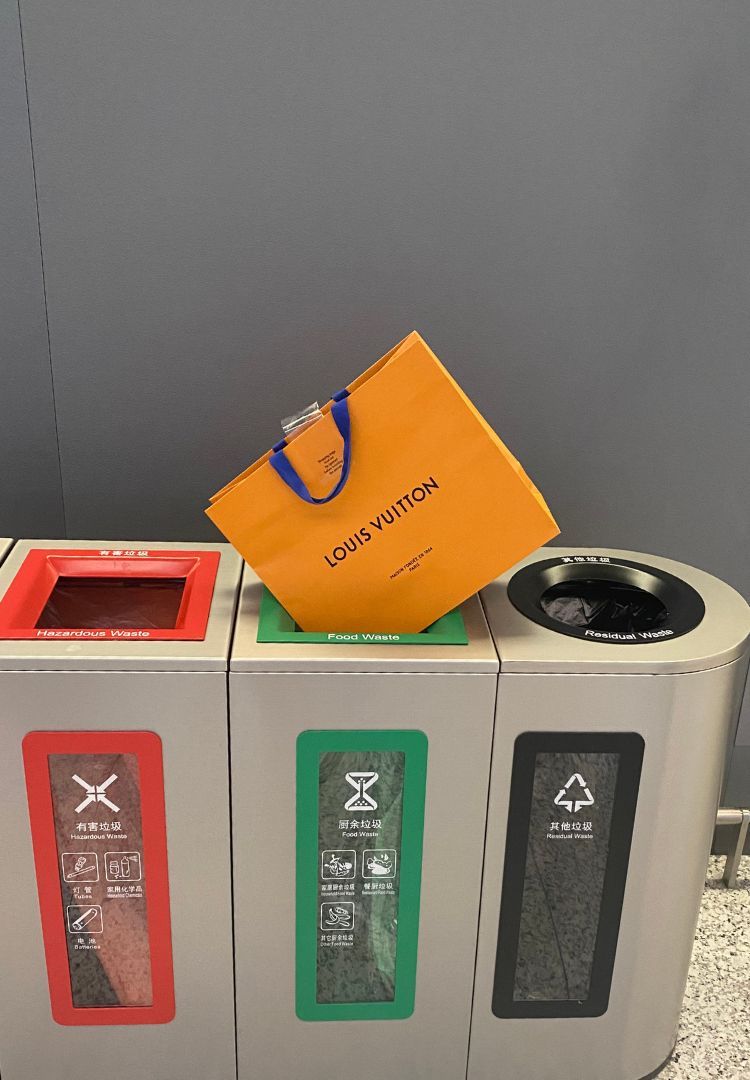What it’s really like to be a compulsive shopper
WORDS BY KAYA MARTIN
“There was a big hole inside me and I was trying to fill it with things.”
There’s a certain sick pleasure that comes with doing something you shouldn’t be doing. For me, this often comes with making an extravagant purchase. There’s the instant dopamine hit of having a new and shiny item paired with the stomach-drop feeling of draining my bank account. It’s only later, when I’m frantically searching for a return policy on the fine print of a receipt, that the guilt kicks in.
For those of us who spent our youths flicking through glossy fashion magazines and rewatching seasons of Gossip Girl, the act of shopping (and spending copious amounts of money) has been glamorised.
For other perspectives on the people around us, tap through to our Life section.
Under the hot sun of capitalism, shopping is seen as a normal activity – something that keeps the economy turning and fills our boring afternoons. But it isn’t all fun for everyone. For some, shopping can morph into a serious addiction that takes control of their lives.
When does shopping become a problem?
Do you ever have impulses to buy? Do you engage in ‘retail therapy‘ when you’re feeling down? Do you buy something new and end up feeling bad about it later? These could be signs of compulsive buying-shopping disorder (CBSD) according to new guidelines proposed in the Journal of Behavioural Addictions last year by an international group of researchers, led in part by Professor Mike Kyrios at Flinders University.
The new diagnostic framework offers validation and a path to recovery for those who suffer from shopping problems, who say their condition wasn’t always taken seriously. When Avis Cardella published her book, Spent: Memoirs of a Shopping Addict in 2010, she was reflecting on a time when Carrie Bradshaw’s penchant for pumps was likened to a substance abuse problem for comic relief and spending money was seen as an act of patriotism.
“For me to say, ‘Oh, I think I have a problem with shopping’, I always felt that I would be laughed at because the whole lifestyle actually revolved around it,” she tells me. In her book, the former model discusses how, after the unexpected death of her mother, she began shopping every day to try to regain a sense of control.
“I can’t speak for everybody, but for me, I know the pain I was feeling for not wanting to deal with my grief was the big issue there, and that’s what I eventually had to face,” says Avis. “There was a big hole inside me and I was trying to fill it with things… It’s kind of a typical thing to say but that was it. And then I realised it wasn’t getting filled – that emotional void was still there.”
For psychoanalytic psychotherapist Adam Szmerling, shopping becomes a problem when it causes significant anxiety, distress, loss of income and feelings of shame, guilt or depression. “It’s not really a question of ‘Okay, once you’ve bought a certain amount, you tick a box and this person fits into the category’. That’s not how I see it.”
He says it can be a tricky condition to diagnose, as comorbidities are common. While every situation is unique, there is usually a deeper issue that fuels compulsive overspending that needs to be addressed for healing to begin.
Compulsive shopping in the ‘add-to-cart’ age
Avis hadn’t had a compulsion to buy for many years, but she tells me recent events threatened her long-standing self-restraint. “During the COVID [pandemic] and during the lockdowns, I felt then that I wanted to shop online. And it was strange because I had to analyse myself. Why did I feel this way all of a sudden?”.
She believes it came down to the same reason that spurred her shopping addiction in the first place: an attempt to gain a sense of control in an unpredictable world. And she isn’t alone – 66 per cent of Australians now shop online weekly, a number that has risen significantly since the pandemic began.
Adam says he has noticed more cases of shopping disorders since the pandemic, many of which are associated with boredom, loneliness and sometimes insomnia. “Somebody can’t sleep at night, and they get online and they start getting somehow hooked to these aggressive marketing tactics that various sites use, and then before you know it, they’re getting their credit card out and going on a spending spree,” he tells me.
The internet is a minefield for those who are prone to compulsive buying. Digital marketing tricks like personalised ads and reminders about products that are left in the cart make resistance hard for those who struggle to control their spending. But deleting social media and minimising the time you spend online can be isolating.
“I sometimes use the analogy that if you’re an alcoholic, you can avoid walking past a bar or walking past a liquor store. But when you’re constantly being encouraged to shop, it becomes something that is enforced very much by society,” says Avis.
Thankfully, there are also some online oases where compulsive shoppers can seek help. Digital support groups like Reddit’s r/ShoppingAddiction provide a place where users can tell their stories and share tips on how to avoid triggers, get their finances in check and figure out the root cause of their spending problems. They encourage recovery and cheer each other on during ‘no-buy’ pledges to cut out all spending.
“If you can use [the internet] in a positive way to support each other and to find help for yourself through other people, or just to have other people there to help you through your process, I think that’s something I wish I had had,” says Avis. “I didn’t have it at the time, but it’s something I think that could have been very helpful.”
For help with compulsive buying-shopping disorder in Australia, head here.













